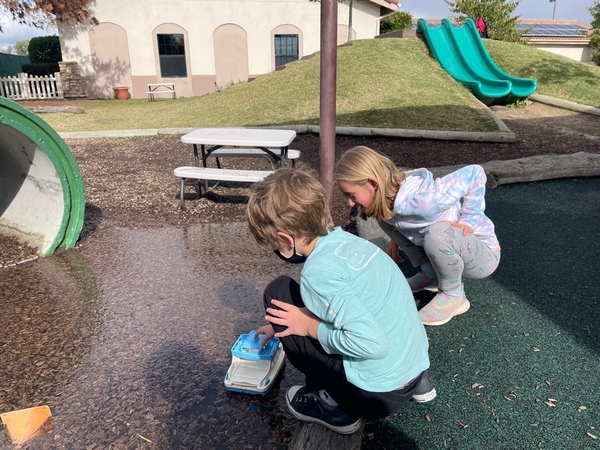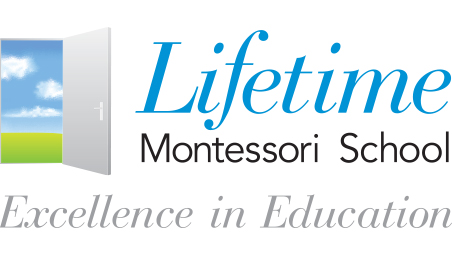(858) 759-0631
Researchers published a study on how vegetation interacts with elementary student performance. Using remote sensing techniques to measure the amount of vegetation at varying distances near 905 Massachusetts public elementary schools and then compiling statistics to compare that green space with standardized English and Math test results from third graders, the team worked on its calculations.
Then, the researchers adjusted their analysis to account for median incomes, and gender since schools in lower-income areas are less likely to be surrounded by trees.
Their findings:
- More trees mean higher test scores
- Surrounding greenness has approximately equal effects on student academic performance regardless of financial status or gender.
Indeed, green spaces, parkland, forests, and nature make us feel better!
Hundreds of four-year colleges and universities throughout America are ‘green islands’ all to themselves. Historically located in university towns far away from big cities, their overriding geographical purpose has been to act as contemplative zones where promising young people can complete their upper school studies within pastoral and highly social settings before entering the urban workforce.
By contrast, ‘commuter schools’ like junior colleges, community colleges, and vocational schools are usually concentrated in urban areas. By their very nature, they are designed to be closer to students from transportation and timing settings to deliver education from buildings rather than campuses.
The point is this: good teaching trumps geography every day—whether you learn in a greenbelt or the inner city.
The Montessori Difference
Now, let’s apply these findings to the beginning of a child’s formal schooling.
Academically, Montessori Method elementary school teachings address ‘Five Great Lessons.’ These five unifying curricula topics include the following:
- The universe and the Earth
- Life
- Human beings
- Communication via signs, and
- The story of numbers.
Throughout the Grades 1-6 elementary school process, the outgrowth of these core topics branches out toward the studies of astronomy, meteorology, chemistry, physics, geology, geography, biology, botany, animals, history, culture, discovery, reading, writing, language, math, geometry and application.
One core thrust of Montessori thinking is how everything interacts with everything. Thus, man and nature intersect.
From the start of the toddler and preschool years through the Five Great Lessons, one overriding arc of teaching Montessori school students is this: discovering yourself is as easy as walking in the backyard or to the park. Connecting with nature engages children to understand the natural world around them while enhancing their self-understanding.
In the natural world—a park, a flower garden, a tree, or a stream where insects, birds, and small mammals congregate-our preschool children first recognize the components of the Five Great Lessons and strive to understand them in more detail in elementary school.
Now, do more trees near schools mean higher test scores? Yes, they can, however, what’s more important than the amount of green zone acreage adjacent to elementary schools is what’s going on inside elementary schools!
Montessori teaching works because of its systematic and methodical approach: individualized learning, self-discovery, self-esteem, peer-to-peer observation, and conceptual understanding. Unlike public school rote learning based on achieving standardized norms, the Montessori Method of elementary school teaching focuses on creating gifted students by focusing on the child.
At Lifetime Montessori School in Santaluz, we prepare elementary students for tomorrow’s workforce by helping them grasp their place in the world and building their leadership and investigative skills and techniques in balance.
And, for that, we don’t need a surrounding forest or a research study to tell us the obvious. We must let our kids walk around our campus daily with their parents and friends to a park after school. They’ll get it regardless of where they live.

